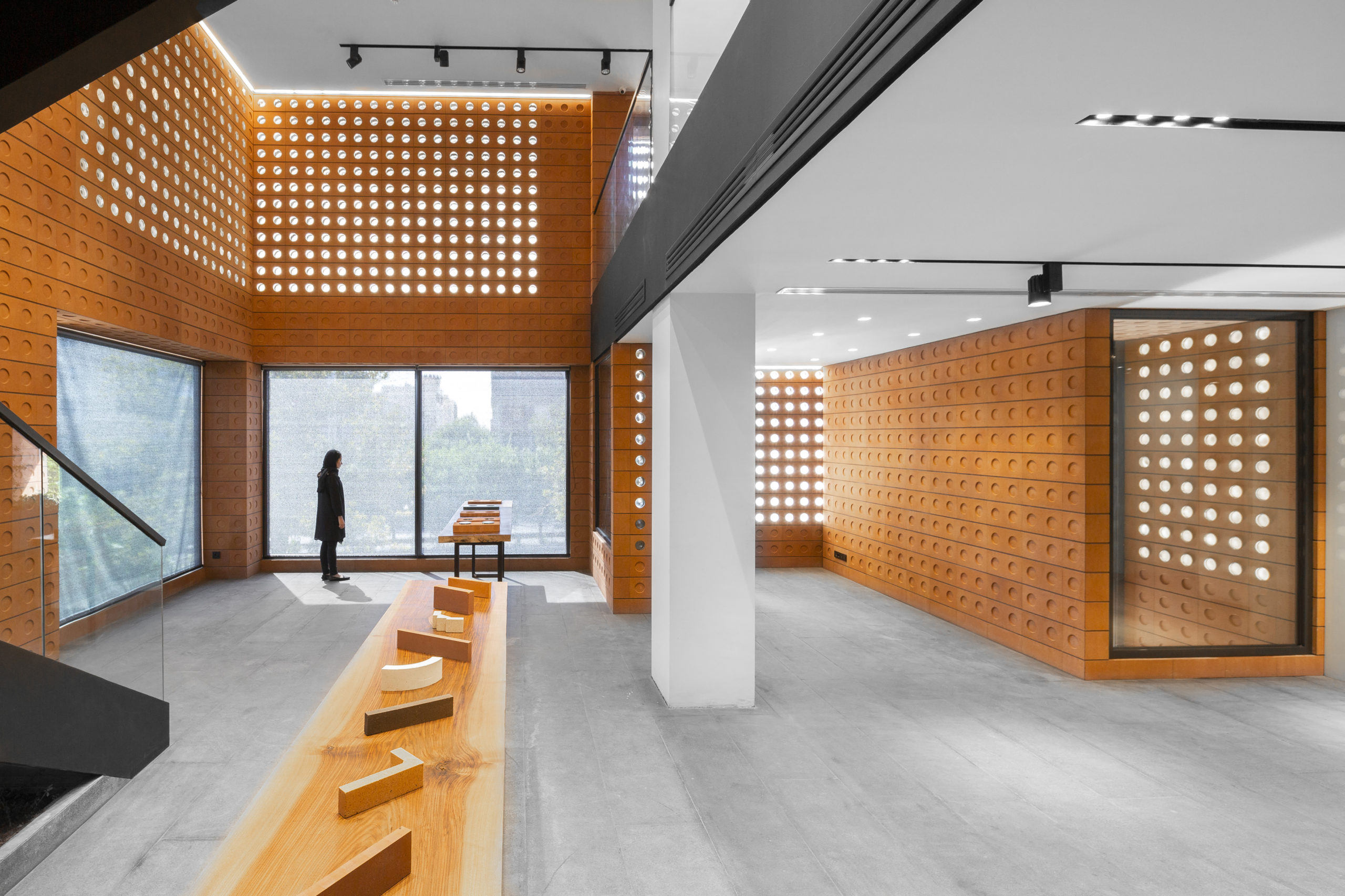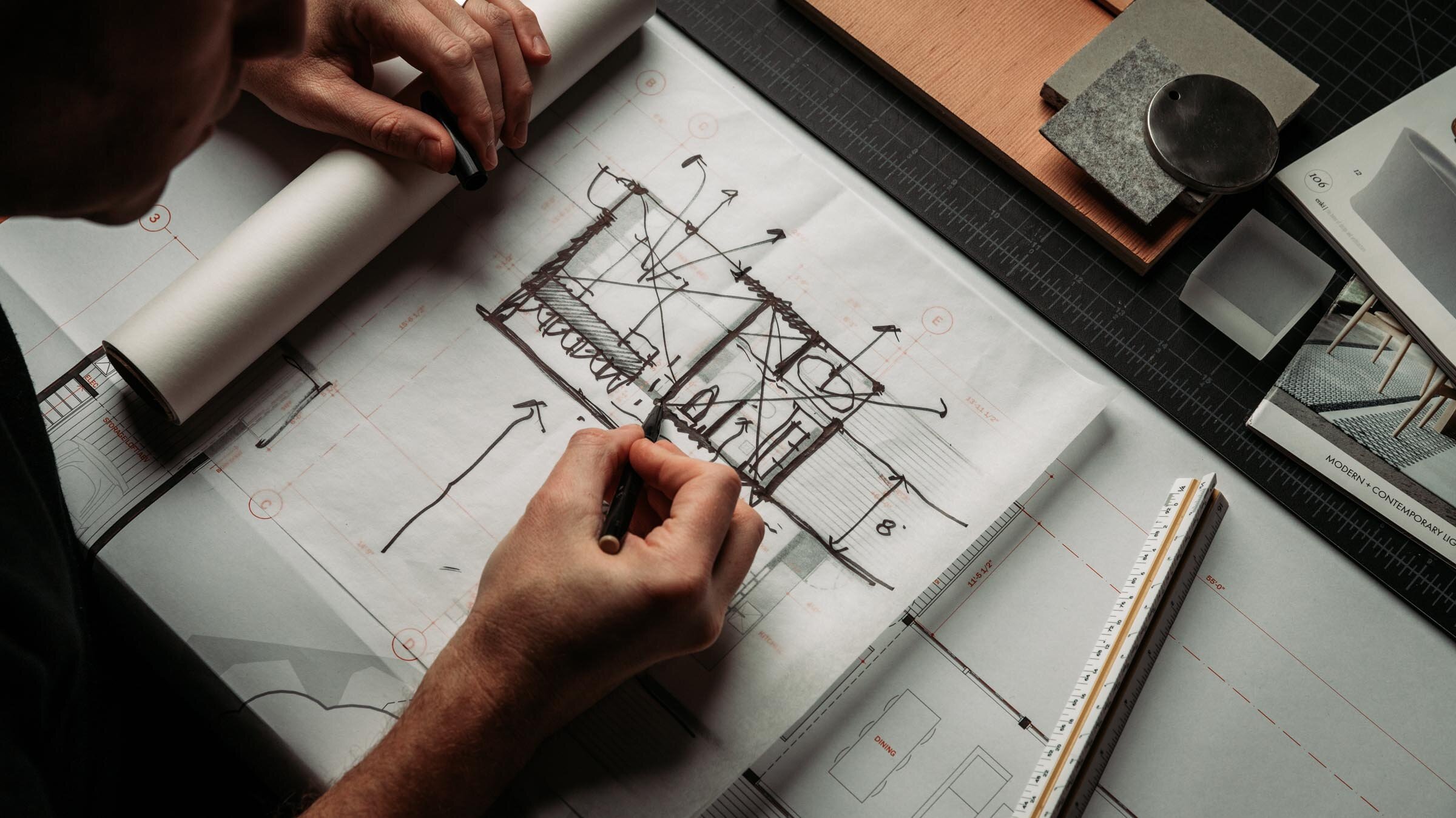Exactly How CDA Architects Deliver Cutting-Edge Solutions for Lasting Architecture
Exactly How CDA Architects Deliver Cutting-Edge Solutions for Lasting Architecture
Blog Article
The Impact of Technological Developments on the Design Practices of Contemporary Architects
The quick advancement of technological devices has actually considerably improved the layout landscape for modern designers, cultivating extraordinary degrees of innovation and sustainability. Checking out these characteristics exposes a nuanced interplay between technology and standard style methodologies, prompting a more detailed exam of what the future holds for architectural techniques.
Development of Architectural Devices
How have architectural devices transformed the style and building and construction processes over the centuries? The advancement of building tools has dramatically impacted the effectiveness, accuracy, and imagination of layout and construction. In old times, engineers depend on primary tools such as plumb bobs, gauging rods, and fundamental geometry to create structures. These devices laid the structure for very early architectural method, permitting the construction of iconic structures, albeit with restrictions in precision and complexity.
With the advent of the Renaissance, the introduction of the compass and the protractor marked a critical shift. These tools made it possible for designers to attain greater accuracy in their designs, assisting in the emergence of even more complex and proportional buildings. The Industrial Revolution even more changed building exercise with the intro of mechanical tools and materials, enabling for larger and a lot more enthusiastic tasks.
In the 20th century, the advancement of computer-aided layout (CAD) software program transformed the landscape once more, providing engineers with extraordinary capabilities in modeling and visualization. Today, advanced tools such as Structure Information Modeling (BIM) and parametric layout software program remain to push the borders of architectural development, allowing a more incorporated approach to design and building and construction processes.
Enhanced Partnership in Style
As modern technology proceeds to progress, boosted cooperation in layout has actually ended up being a cornerstone of contemporary building technique. The assimilation of digital tools such as Building Info Modeling (BIM), cloud-based platforms, and advanced visualization software application has actually changed the method designers, designers, and stakeholders engage throughout the design process. These tools help with real-time communication, allowing teams to share concepts, alterations, and responses quickly, no matter geographical location.

In addition, interdisciplinary collaboration has actually been structured through these technical advancements, allowing engineers to function much more very closely with other experts, such as city planners and environmental experts. The outcome is a more cohesive technique to develop that considers various viewpoints and knowledge. Ultimately, boosted collaboration in layout is not just a fad; it is important for producing cutting-edge, functional, and aesthetically pleasing design in discover this info here a progressively intricate globe.

Sustainability Through Technology
Sustainability in architecture has actually significantly become linked with technical advancement, driving the market toward eco accountable practices. Contemporary engineers are leveraging innovative innovations to minimize ecological effect while enhancing the efficiency of structures. cda architects. One popular instance is the usage of Building Details Modeling (BIM), which enables precise preparation and resource appropriation, minimizing waste during building and construction and promoting power effectiveness throughout a structure's lifecycle
Additionally, smart materials and energy-efficient systems are being integrated right into designs to maximize resource use. Technologies such as solar batteries and environment-friendly roofing systems harness eco-friendly energy resources, adding to minimized carbon impacts. Furthermore, the application of expert system in layout processes allows architects to replicate and evaluate power consumption, assisting choices toward more lasting outcomes.
The combination of lasting technologies not just straightens with global ecological objectives but likewise fulfills an increasing demand from customers for eco-friendly options. As engineers embrace these developments, the emphasis changes in the direction of creating spaces that are not just cosmetically pleasing but also functionally sustainable, consequently redefining the criteria of modern architecture. By doing this, modern technology works as a catalyst for sustainability, enabling architects to develop structures that regard and boost the all-natural setting.
Challenges in Implementation
While technological developments in design hold terrific pledge for boosting sustainability, their execution usually runs into substantial difficulties. One primary challenge is the steep discovering contour connected with new innovations. Architects and construction professionals might call for considerable training to efficiently utilize advanced software and devices, which can postpone job timelines and enhance costs.
In addition, the assimilation of emerging technologies, such as Building Details Modeling (BIM) and lasting materials, frequently necessitates cooperation throughout multidisciplinary teams. This collaboration can be prevented by this differences in competence, workflows, and interaction designs, resulting in possible disputes and inefficiencies.

In addition, regulative structures and building codes may not maintain pace with technological improvements, developing ambiguity and potential compliance problems. This obstacle can inhibit architects from fully embracing new innovations, as the danger of non-compliance might exceed the advantages. Dealing with these application difficulties is vital for the effective assimilation of technical improvements in contemporary architectural practices.
Future Trends in Architecture
The obstacles linked with the execution of brand-new innovations in design have prompted a reevaluation of future fads within the market - cda architects. As engineers browse problems such as sustainability, urbanization, and social equity, they are significantly taking on cutting-edge technologies to enhance style effectiveness and environmental efficiency
One prominent fad is the integration of artificial knowledge (AI) in the style process. AI tools can assess huge datasets to inform layout choices, enhancing both creative thinking and capability. Likewise, Building Info Modeling (BIM) proceeds to evolve, making it possible for click for more real-time partnership amongst stakeholders and promoting streamlined task administration.
Lasting design techniques are also obtaining momentum, with engineers focusing on flexible reuse and regenerative design principles that decrease resource intake and waste. The incorporation of clever materials and eco-friendly energy sources will certainly even more improve the resilience of buildings despite climate modification.
In addition, the rise of parametric style permits for even more customized and context-sensitive building remedies (cda architects). By utilizing these innovations, architects are poised to produce constructed environments that not only deal with the prompt demands of society but likewise expect future obstacles, thereby redefining the role of design in an ever-changing globe
Verdict
Technological advancements have actually dramatically improved architectural design methods, assisting in enhanced accuracy, cooperation, and sustainability. The combination of tools such as Building Information Modeling and parametric layout software application, alongside artificial knowledge and wise products, equips architects to address complicated difficulties much more properly.
Report this page